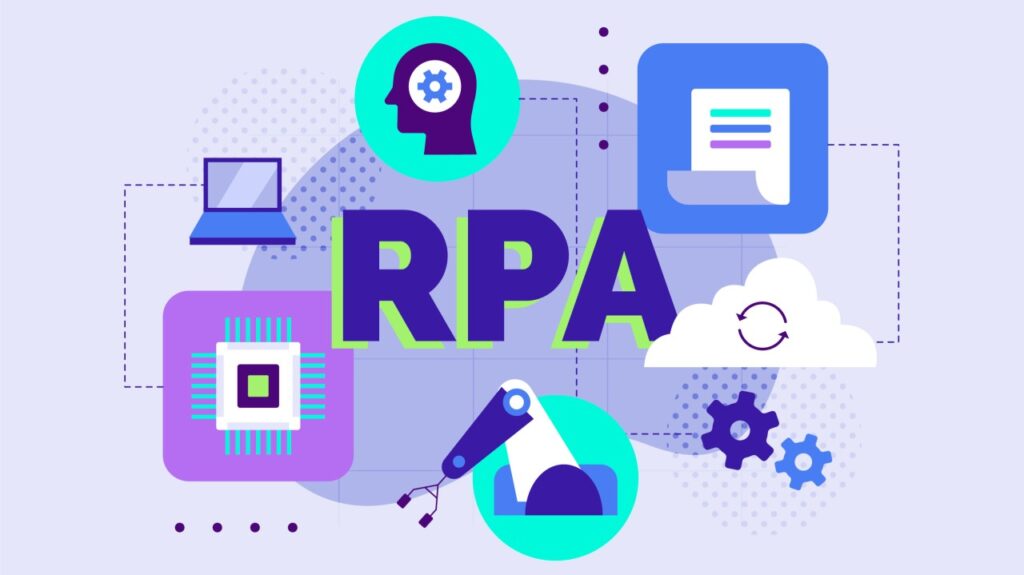A transformative approach to data handling & processing using both Robotic Process Automation (RPA) & Intelligent Document Processing (IDP) comes into action as the organizations are facing challenges with vast amounts of data. This data can be unstructured or structured from various sources like checks, reports, bills, contracts and other various similar documents. Extracting valuable & useful information from these documents can be time consuming.
Robotic Process Automation (RPA) is a technology that enables the automation of repetitive and rule-based tasks using software robots. This can streamline processes in various industries by handling tasks like data entry, data extraction, and transaction processing, allowing human workers to focus on more strategic activities.
Intelligent Document Processing (IDP) enhances traditional document processing by incorporating artificial intelligence (AI) and machine learning capabilities. IDP can analyze, interpret, and extract information from various document types, including PDFs, images, and emails. This technology enables organizations to handle unstructured data more effectively, turning it into actionable insights.

Key Components of IDP
- Optical Character Recognition (OCR): Converts different types of documents, such as scanned paper documents, PDFs, or images captured by a digital camera, into editable and searchable data.
- Artificial Intelligence (AI) and Machine Learning (ML): AI and ML algorithms enhance OCR by understanding the context and meaning of the extracted data, improving accuracy and efficiency.
- Natural Language Processing (NLP): Helps in understanding and processing human language, enabling the system to categorize text accurately.
IDP tools in RPA:
- UiPath Document understanding OCR & ID
- SS&C Blueprism document automation
- Automation Anywhere – IQ bot
- AWS – Textract
Cooperating RPA and IDP
Combining RPA & IDP enables the ease of use of unstructured information, human validation activities & the structured information in an end-to-end process automation. Here’s how they work together:
Data Capture: Utilizes optical character recognition (OCR) and natural language processing (NLP) to convert unstructured data from documents into structured format.
Data Validation: Once the data is extracted, RPA bots can validate the information against existing databases or predefined rules, ensuring accuracy before further processing.
Continuous Learning: IDP systems can improve over time through machine learning, enhancing their ability to extract and classify data accurately, which, in turn, optimizes RPA processes.
Benefits of RPA and IDP Integration
- Increased Efficiency: Reduce the time spent on manual tasks, allowing employees to focus on higher-value activities.
- Enhanced Accuracy: Reduce the risk of errors commonly associated with manual data handling.
- Cost Savings: Reduction in operational costs, minimizing manual labor. Increased scalability: Can handle increased volumes of documents as business needs grow, without the need for proportional increases in staffing. Simplified Compliance: Ensures that data management adheres to regulatory standards and company policies, providing better oversight and accountability.

Conclusion
The integration of RPA and Intelligent Document Processing represents a significant leap forward in how organizations manage and utilize data. By automating the extraction and processing of documents, businesses can enhance efficiency, accuracy, and scalability while freeing employees to focus on strategic tasks. As the volume of data continues to grow, leveraging these technologies will be essential for organizations seeking to remain competitive in a data-driven world.









